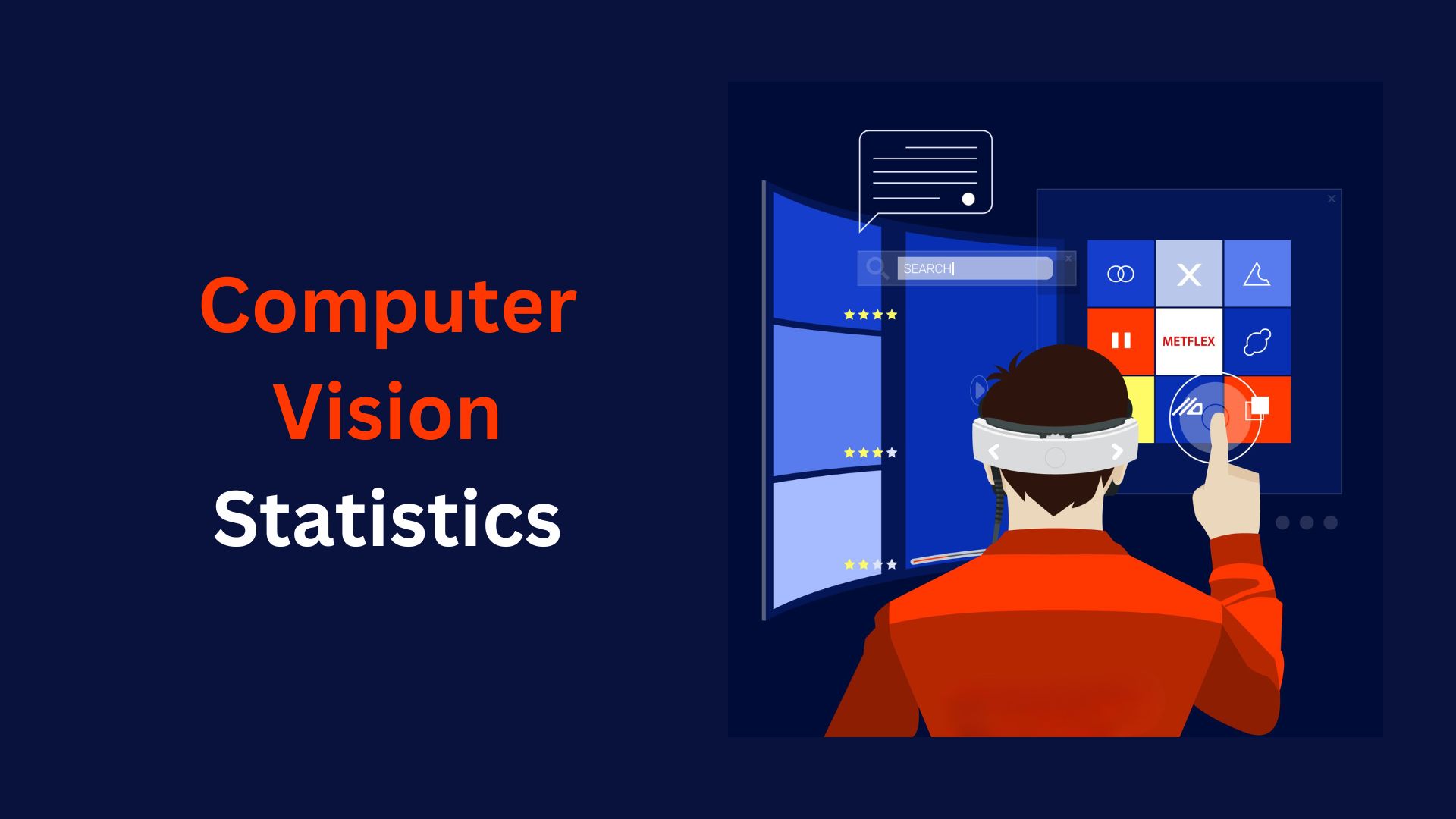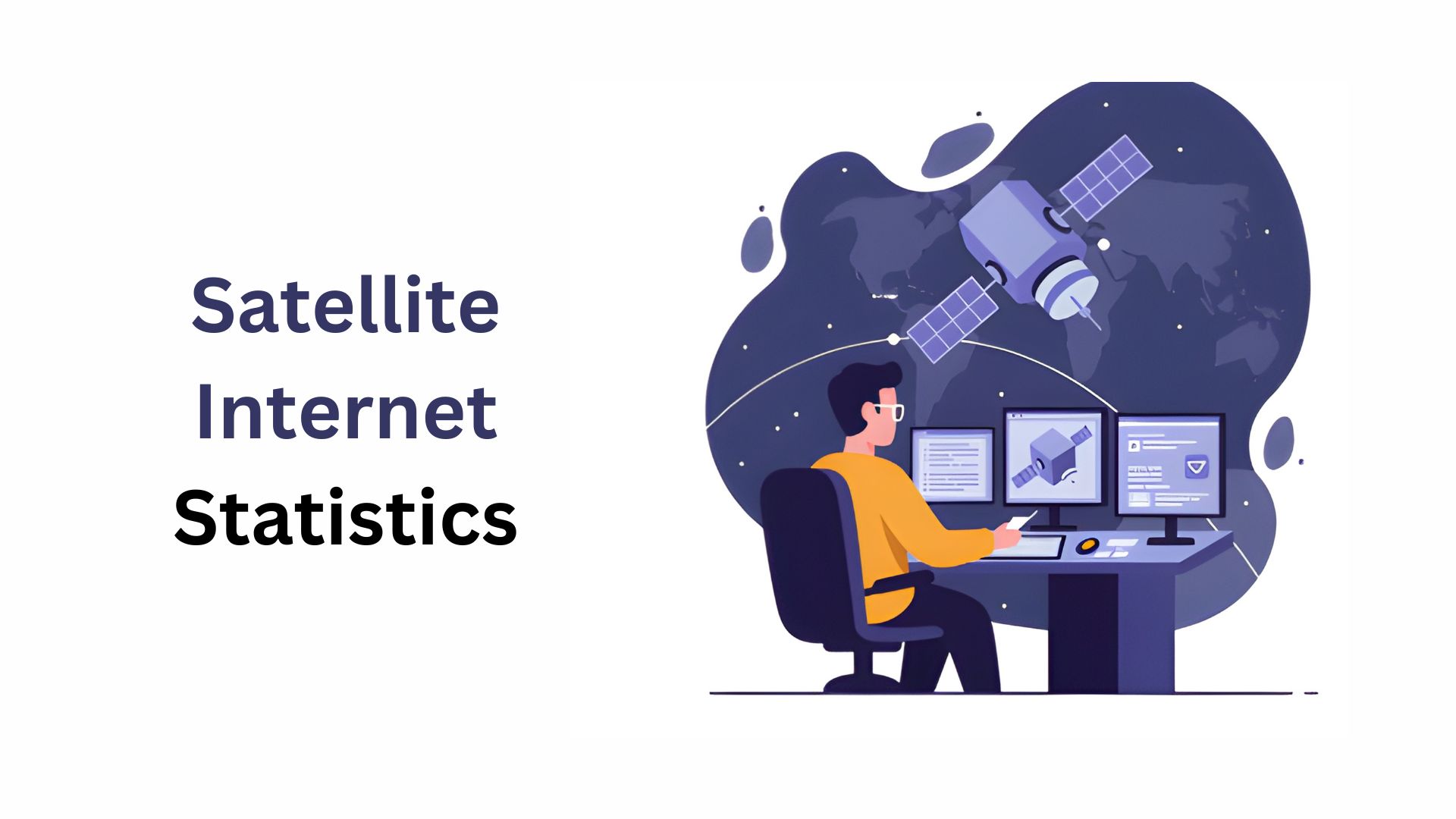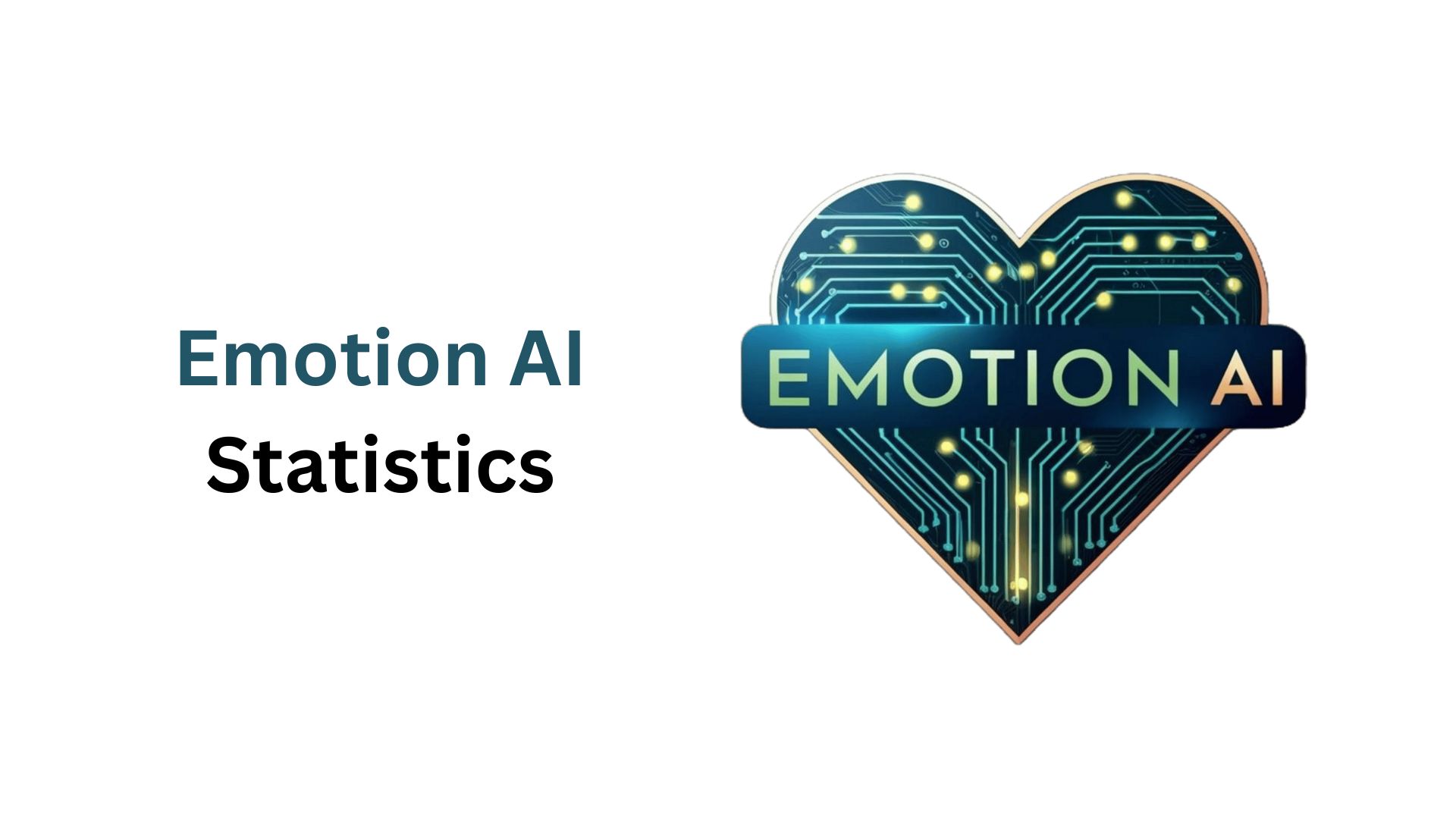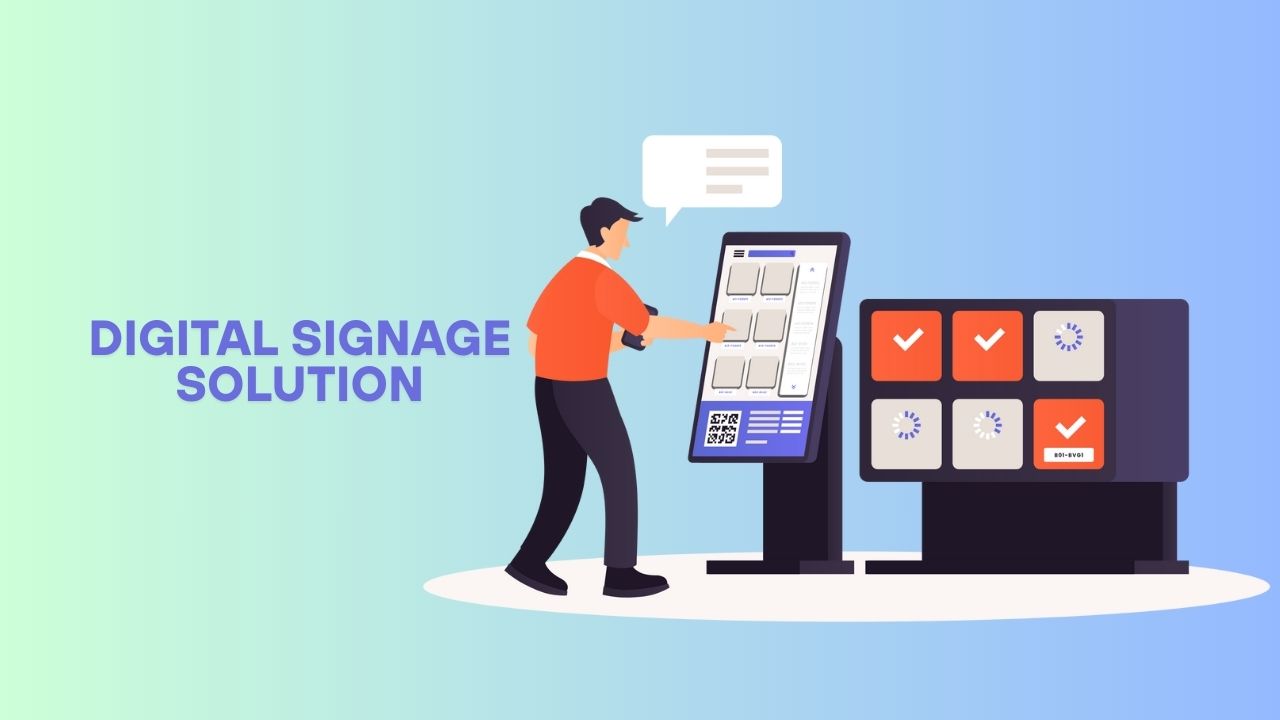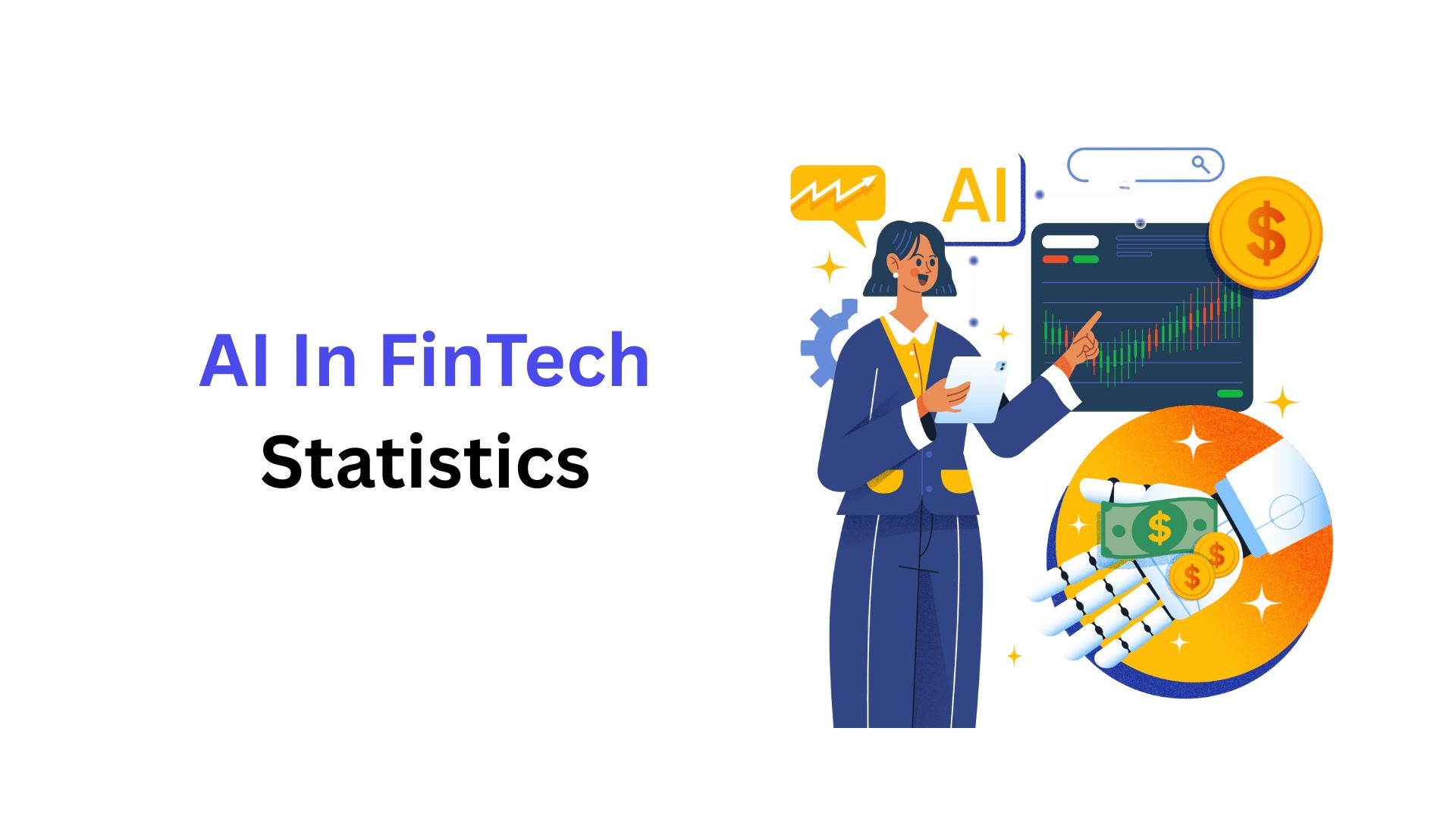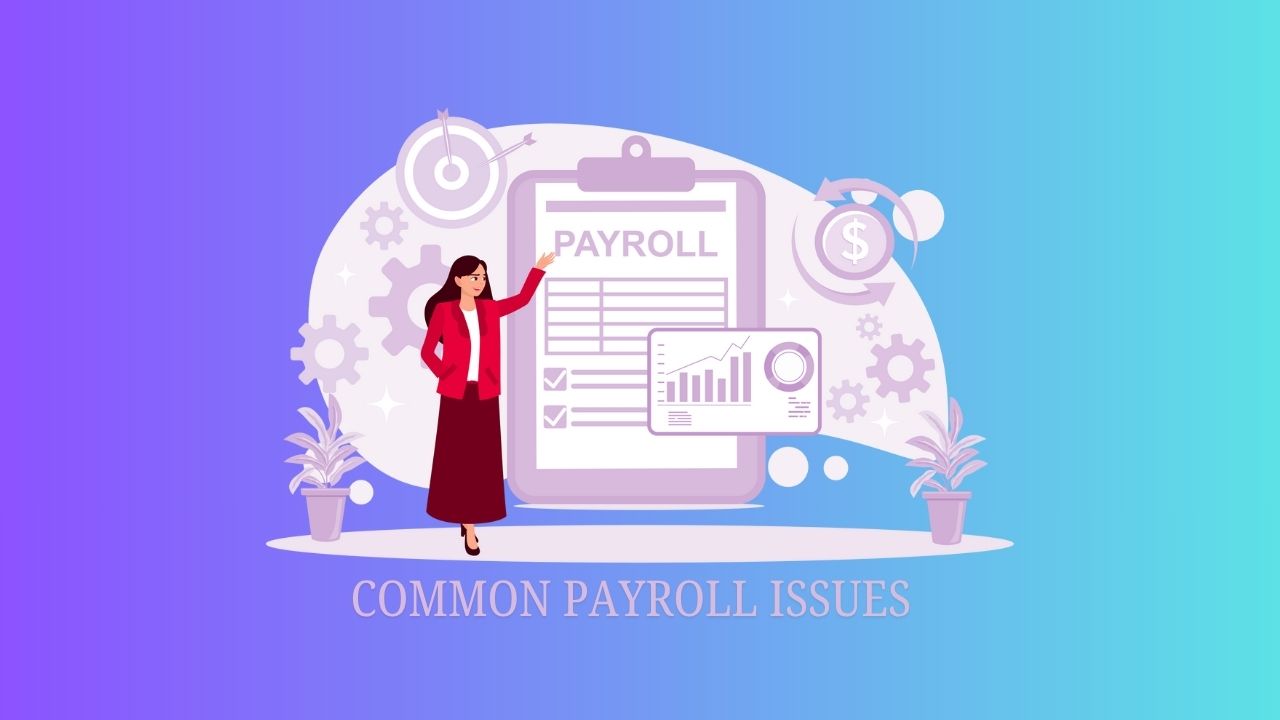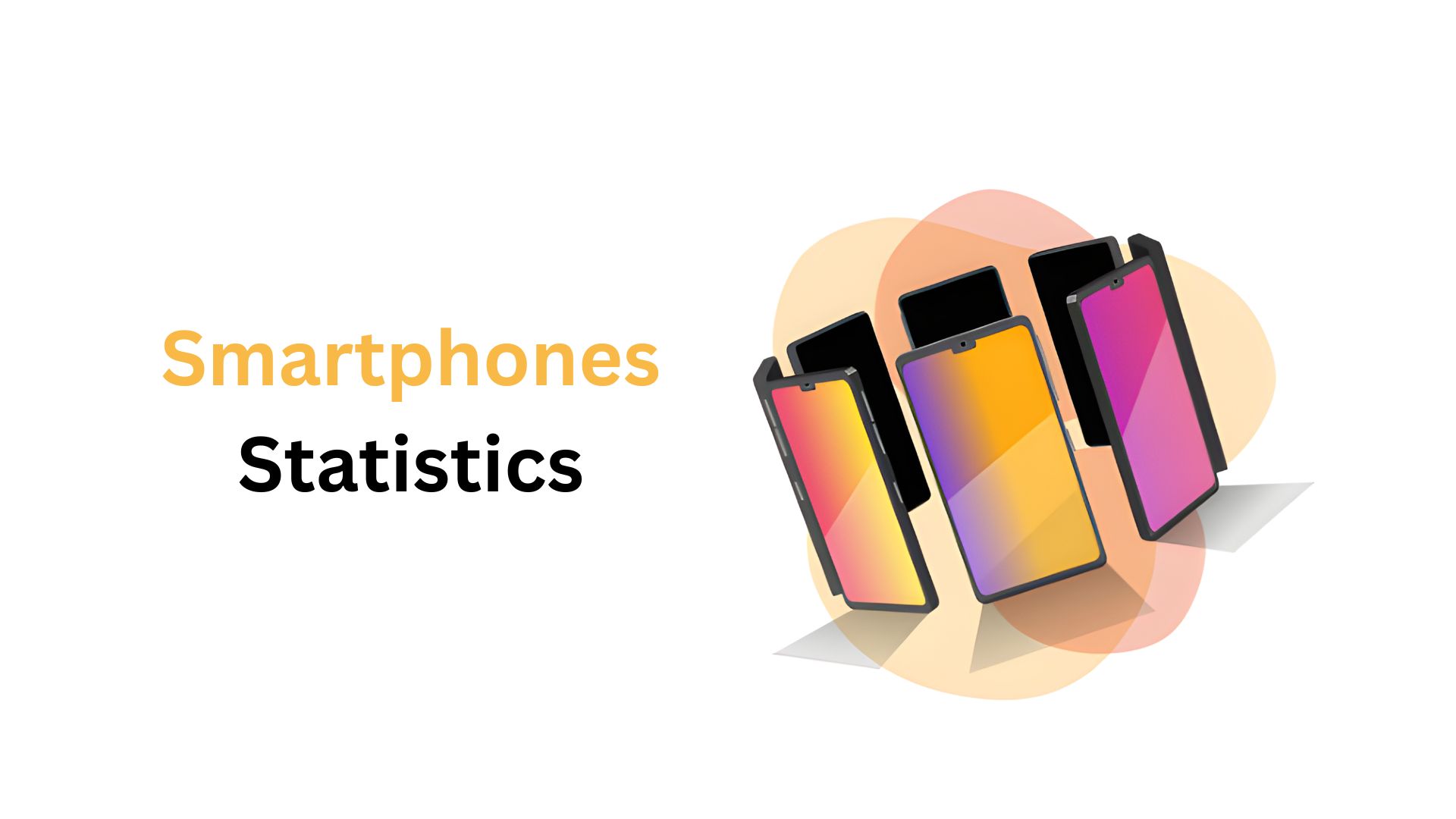The Next Phase of E-Commerce: Predictive Buying and Smarter Checkout Journeys
Updated · Sep 04, 2025
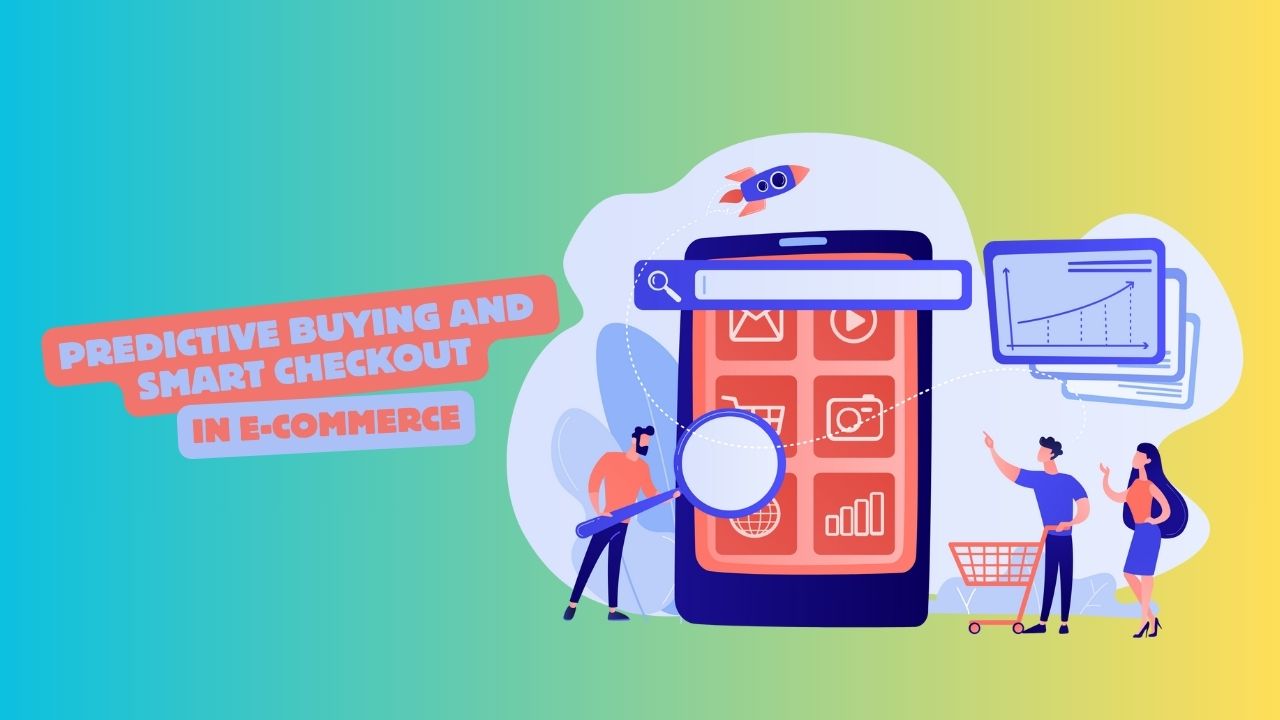
Table of Contents
- What Predictive Buying Really Means
- Data as the Foundation
- Role of Communication in Predictive Commerce
- Smarter Checkout Journeys
- Bridging Predictive Buying and Checkout
- The Human Side of Automation
- Smarter Checkout and the Power of Follow-Up
- Building Trust Through Predictive Commerce
- The Competitive Advantage
- Challenges and Considerations
- The Future of E-Commerce
E-commerce has entered a period of rapid transformation. Customers no longer see online shopping as a novelty but as an integral part of daily life. Competition among retailers is fierce, and the winners are those who can anticipate customer needs while removing friction from the buying process. Predictive buying and smarter checkout journeys represent the next leap forward.
These innovations aim to make digital commerce feel almost invisible. Instead of requiring shoppers to search endlessly or fill out lengthy forms, systems increasingly anticipate what buyers want, when they want it, and how they prefer to pay. The future of online shopping is not just about offering more choices but about reducing effort, increasing convenience, and building trust.
What Predictive Buying Really Means
Predictive buying uses data and algorithms to anticipate customer intent before they explicitly express it. Retailers analyze browsing history, purchase patterns, demographics, and even contextual cues like time of day or location. The result is a shopping experience that feels personalized and timely.
Examples are already becoming common. Grocery apps suggest replenishing items before customers realize they are running low. Streaming services offer merchandise tied to favorite shows or movies. Fitness platforms anticipate equipment or apparel needs based on workout history.
The goal is to make recommendations so relevant that they feel natural rather than intrusive. Predictive buying is not about overwhelming shoppers with options but about curating the right product at the right moment.
Data as the Foundation
The effectiveness of predictive buying depends on data. Every click, scroll, and purchase provides clues about customer intent. Sophisticated retailers combine first-party data from their own platforms with third-party data to create detailed profiles.
Advancements in artificial intelligence allow these systems to move beyond simple recommendations. Instead of only suggesting products similar to past purchases, they can predict complementary or future needs. A customer buying a crib may soon be interested in toddler beds or children’s clothing. Someone subscribing to a cooking service might need specialized utensils or cookware.
The more accurate the prediction, the more seamless the shopping experience becomes. Data transforms from a passive record into an active guide that shapes the journey.
Role of Communication in Predictive Commerce
As e-commerce becomes more predictive, communication becomes increasingly important. Customers need to understand why certain products are being recommended and how the process benefits them. Clear messaging helps avoid misunderstandings and builds confidence in the system.
This is where tools like email marketing platforms play a critical role. Retailers can deliver personalized updates, reminders, and product suggestions in ways that feel timely and relevant. When these communications align with predictive insights, they extend the shopping journey beyond the website itself.
A customer might receive a message reminding them of a product they are likely to need soon, or they might be informed of new offerings tailored to their past behavior. These messages are most effective when they are helpful rather than pushy.
Smarter Checkout Journeys
While predictive buying addresses the start of the process, smarter checkout journeys focus on the end. Cart abandonment remains one of the biggest challenges in e-commerce, with many customers leaving before completing payment. Smarter checkout seeks to reduce this friction.
Key elements include:
- One-click or express payment options that bypass unnecessary steps
- Autofill features that reduce manual entry errors
- Integration with digital wallets and mobile payments
- Clear, upfront information on shipping costs and delivery times
Checkout is often where customers decide whether they trust a brand enough to part with their money. Making the process simple, transparent, and fast directly impacts conversion rates.
Bridging Predictive Buying and Checkout
The most advanced retailers are beginning to connect predictive buying with smarter checkout to create a continuous experience. When a customer receives a recommendation, they can add it to their cart with one click and complete the transaction almost instantly.
This connection creates a sense of flow. Instead of jumping between browsing and checkout, the two phases merge into one journey. The customer feels guided from discovery to purchase without disruption.
Retailers benefit because they reduce drop-offs and maximize revenue. Customers benefit because shopping becomes easier and more intuitive.
The Human Side of Automation
While predictive systems and automated checkouts are powerful, they must remain human-centered. Customers can quickly sense when personalization crosses into intrusion. Transparency and choice remain critical.
Shoppers should always have control over their data and the ability to adjust preferences. Predictive buying should feel like helpful guidance, not surveillance. Checkout should remain fast but secure, ensuring trust in payment methods and data protection.
Balancing automation with customer control is essential for building long-term loyalty. Technology should empower customers rather than overwhelm them.
Smarter Checkout and the Power of Follow-Up
Completing a transaction is not the end of the journey. Follow-up communication reinforces trust and encourages repeat purchases. Receipts, shipping notifications, and personalized thank-you messages all play a part in the experience.
Email marketing platforms allow retailers to automate these interactions while still tailoring them to individual preferences. Customers feel informed and appreciated when they receive timely updates. Retailers benefit from stronger engagement and higher retention.
The smartest checkout journeys are those that continue after payment is made. They acknowledge the customer’s importance and invite them back for the next purchase in ways that feel natural.
Building Trust Through Predictive Commerce
Trust is the foundation of e-commerce. Without it, customers hesitate to share data or complete transactions. Predictive buying and smarter checkout can strengthen trust if implemented correctly.
Transparency about data usage, clear communication about recommendations, and secure payment processes all reassure customers. Loyalty programs and rewards further reinforce trust by showing that customer engagement is recognized and valued.
Trust is not built in a single interaction but across the entire journey. From the first prediction to the final payment, each step must reflect reliability and respect for the customer.
The Competitive Advantage
Companies that master predictive buying and smarter checkout journeys will gain a significant edge. Customers increasingly expect seamless, personalized experiences. Those who fail to meet these expectations risk falling behind.
This competitive advantage extends beyond conversion rates. Predictive systems can optimize inventory management by anticipating demand. Smarter checkout can reduce customer support costs by minimizing errors and confusion. Together, these innovations improve both revenue and efficiency.
Early adopters who invest in these capabilities today will set the standard for tomorrow’s e-commerce landscape.
Challenges and Considerations
Despite the promise of predictive buying and smarter checkout, challenges remain. Data privacy concerns are at the forefront. Customers are increasingly aware of how their information is used and demand transparency.
There is also the risk of over-automation. Predictions that miss the mark or checkout processes that feel too impersonal can frustrate customers. Maintaining the right balance between efficiency and personalization is essential.
Technical integration presents another hurdle. Predictive systems, checkout platforms, and communication tools must all work together seamlessly. Without strong infrastructure, the customer experience can suffer.
The Future of E-Commerce
Looking ahead, predictive buying and smarter checkout will become even more sophisticated. Artificial intelligence will continue to refine recommendations. Checkout systems will evolve toward invisibility, where payments are processed in the background with minimal effort from the customer.
Voice commerce, wearable technology, and augmented reality will add new layers to the journey. Customers may simply speak their intent, and predictive systems will handle the rest, from product selection to checkout.
Yet even as technology advances, the fundamentals remain the same. Customers want convenience, transparency, and trust. The businesses that remember this while innovating will be the ones that succeed.
E-commerce is shifting from a model where customers must do the work to one where systems anticipate and simplify every step. Predictive buying ensures shoppers are offered the right product at the right time. Smarter checkout ensures they can complete the transaction with minimal effort.
Together, these innovations create journeys that are seamless, intuitive, and rewarding. Retailers who embrace them will not only increase conversions but also build deeper relationships with their most valuable customers.
As predictive commerce matures, the challenge will be balancing automation with humanity. Systems must empower customers, not overwhelm them. Trust and transparency will remain essential.
The next phase of e-commerce will be defined by anticipation, convenience, and communication. Companies that understand this shift and invest in predictive buying and smarter checkout journeys will lead the way into the future of digital commerce.

Tajammul Pangarkar is the co-founder of a PR firm and the Chief Technology Officer at Prudour Research Firm. With a Bachelor of Engineering in Information Technology from Shivaji University, Tajammul brings over ten years of expertise in digital marketing to his roles. He excels at gathering and analyzing data, producing detailed statistics on various trending topics that help shape industry perspectives. Tajammul's deep-seated experience in mobile technology and industry research often shines through in his insightful analyses. He is keen on decoding tech trends, examining mobile applications, and enhancing general tech awareness. His writings frequently appear in numerous industry-specific magazines and forums, where he shares his knowledge and insights. When he's not immersed in technology, Tajammul enjoys playing table tennis. This hobby provides him with a refreshing break and allows him to engage in something he loves outside of his professional life. Whether he's analyzing data or serving a fast ball, Tajammul demonstrates dedication and passion in every endeavor.

